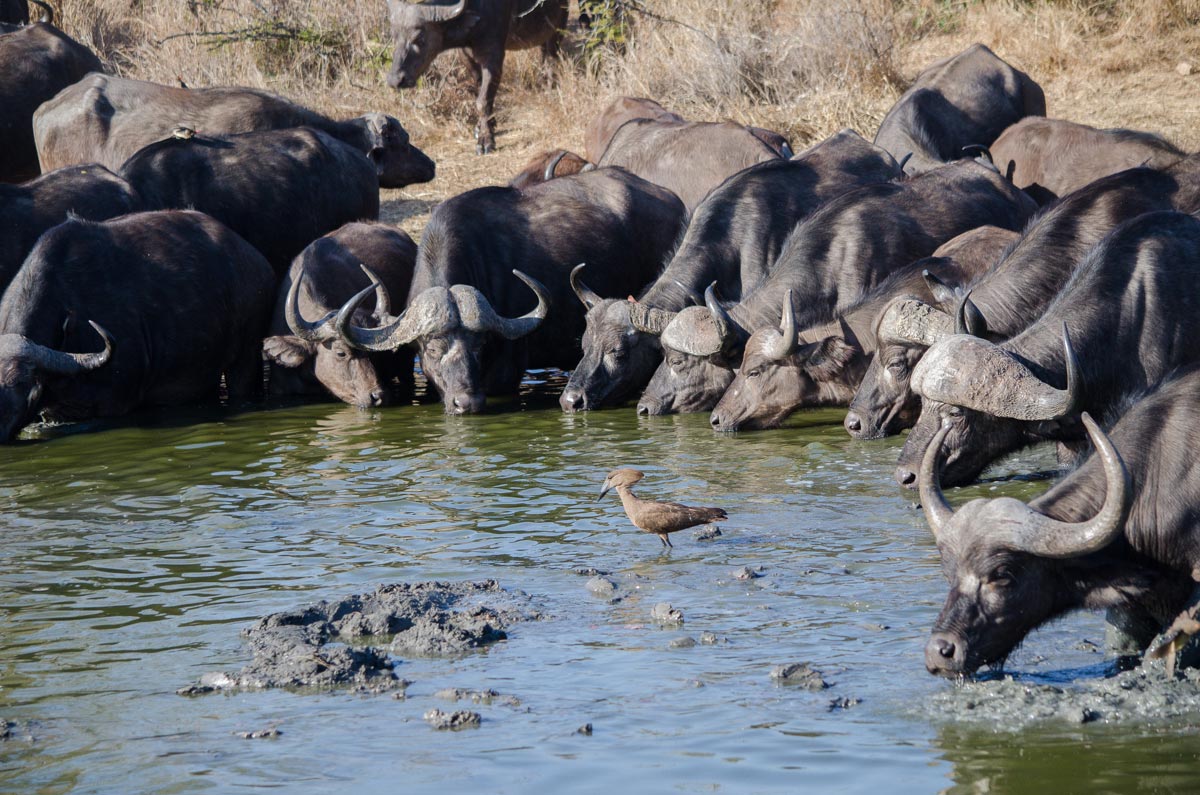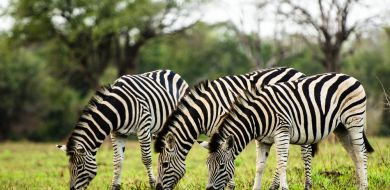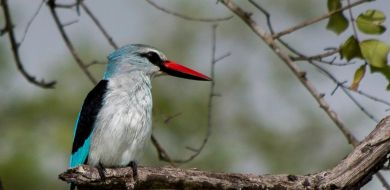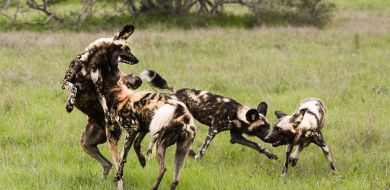Sabi Sabi Wild Facts: Why Do Hamerkops Have Such Big Nests?
on Dec 14, 2014No one really knows, but the nests are really big - with only one breeding pair doing the building. It has been said that the size of the nest may be used as an advertising beacon, letting other Hamerkops know that the area is occupied - this even though Hamerkops do not hold territories and will therefore not defend a specific area.
The large nests are also a great defense against torrential rain as well as wind, and provide a place of refuge for both parents and offspring. In rare cases other individuals have been seen to help the breeding pair and these birds are most likely their offspring, or possibly adults that concede dominance and help the alpha pair with maintenance of the nest and rearing of the young. The pair is very energetic in their building, starting with a bowl shape, adding the sides and roof, and then plastering the entrance tunnel and breeding chamber with mud brought in by the male but applied by the female. The mud also helps improve the structural strength of the nest and blocks any holes in the nest thereby creating an insulated chamber.

Nests can be built in as little as a month or can take up to six months depending on the availability of materials that are suitable for construction. Woody material (mostly sticks), along with grasses and reeds are mainly used. Nests can physically weigh up to 50kg and consist of thousands of pieces of material. They are usually built between the main forks of larger trees along watercourses or dams.
Other bird species provide the biggest problems for Hamerkops, with a large number of species eager to set up residence within the Hamerkop's mansion. Owls, geese and small hole-nesting raptors, such as kestrels, are all unwelcome residents of the nests. Other visitor species may have no use for the chambers but will utilise the top of the nest as a base to construct their own nests.
Hamerkops may build a new nest every year, or use the same one repeatedly. This depends on many variables leading to favorable conditions for breeding e.g. food sources, disturbance by predators as well as interference by man.






